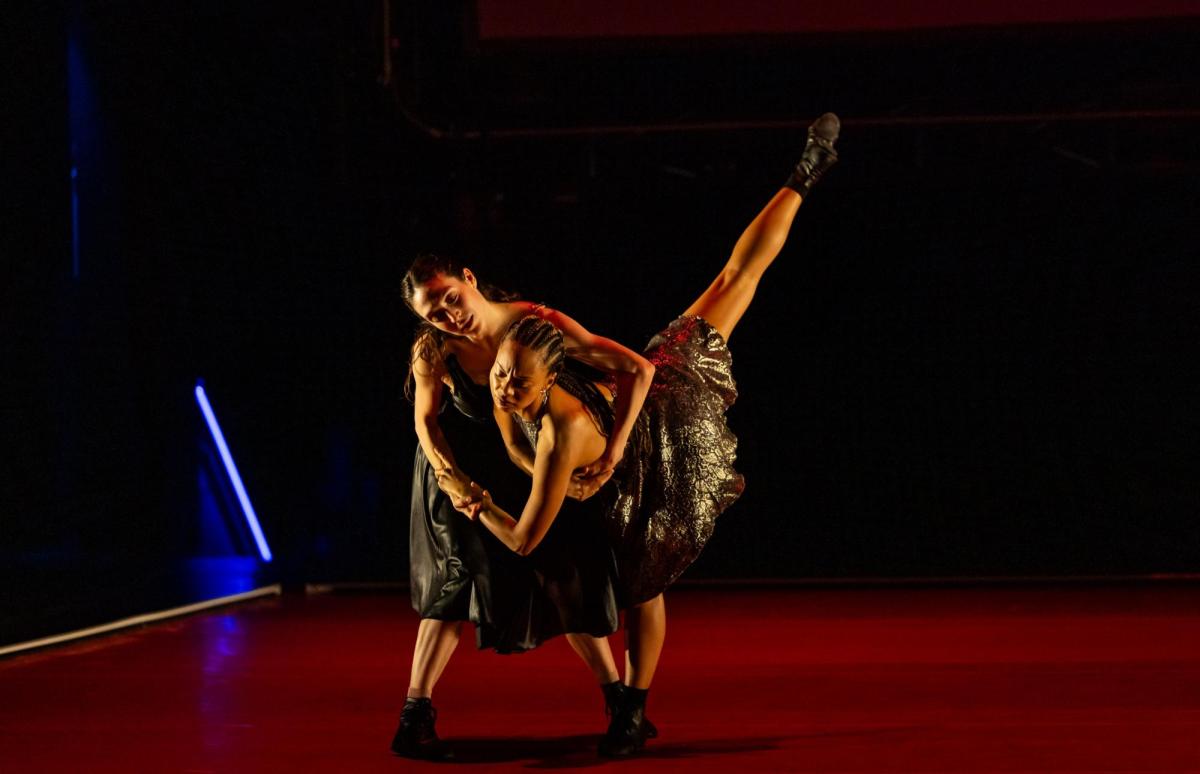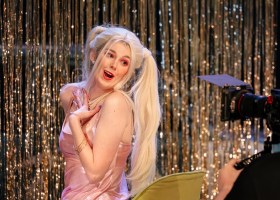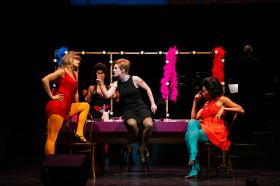The enduring tragedy at the heart of Romeo and Juliet is how hate can subjugate love. In Shakespeare’s original play, the young lovers come from opposing families embroiled in a protracted feud that denies them a relationship. Juliet beseeches Romeo to ‘Deny thy father and refuse thy name’ so they can be together. A rose by any other name, she says, would smell as sweet. However, their love is thwarted, and the couple ends up killing themselves, to their families’ shame and remorse.
This enduring story of love and loss has had many famous iterations and interpretations. The tragic ending was originally removed from the ballet created by Sergei Prokofiev in 1935 and supposedly only reintroduced due to an interjection from Stalin. Kenneth MacMillan’s 1965 lavish production of the ballet at the Royal Opera House received 43 curtain calls.
The musical version of the story, West Side Story, pitched gangs from the ghettos of New York against each other, with the 1961 film version nominated for 11 Academy Awards and winning 10, while the grittier remake in 2021 picked up seven nominations and won one of them. More recently, a pop culture version, & Juliet, re-envisioned the story as one of female empowerment.
The LA Dance Project’s Romeo & Juliet reinvents the timeless story again by combining dance with live video, and challenging conventional notions of romantic love by using different lead combinations on different nights: a male-male pairing performed on the opening night (and again on Saturday 8 June matinee), a female-female pairing on Thursday 6 and Saturday 8 (evening), and a female-male pairing on Friday 7 and Sunday 9 June .
The stage is dominated by a large video production screen, and another screen is suspended above the theatre Circle. The set and costumes are pared to a minimum, with the wings exposed. Lighting is created by the dancers’ positioning of hand-held light sticks around the stage. The effect cleverly limits the inevitable competition for attention between what is happening on stage and on screen.
The use of on-stage video has become cliché in contemporary theatre and dance. However, choreographer Benjamin Millepied’s use of it is inventive, enhancing rather than detracting from the dance. Millepied was the choreographer for the Academy Award-winning movie Black Swan (directed by Darren Aronofsky in 2010). He also made an impressive debut as a film director with his 2022 feature-length dance-based drama Carmen.
In Romeo & Juliet, he uses video to create intimacy between the audience and dancers. From the opening scene, a handheld camera (expertly handled by Sebastien Marcovici) captures close-ups of the dancers, encircling them and following them offstage as they dance through the wings. The balcony scene pas de deux of Romeo and Juliet – taking place outside the Opera House with the city as a backdrop – is captured in close-up, with a camera weaving around the dancers as they explore each other and their new environment.
On opening night, David Adrian Freeland Jr and Mario Gonzalez oozed emotion in their roles as Romeo and Juliet, and were a pleasure to watch. The balcony scene was joyous and tender. The final scene, in which Juliet wakes to discover Romeo has killed himself, was equally moving, with Juliet’s grief palpable. Shu Kinouchi also deserves a mention for his exuberant performance as Mercutio.
Read: Rediscovering Romeo & Juliet through universal love
The choreography is set to recorded excerpts from Prokofiev’s 1935 score for the ballet (performed by the London Symphony Orchestra), a tense piece in which the gentle lyricism is juxtaposed with a more ominous, strident and aggressive orchestration. The recording lacks the drama of a live orchestra, and the use of edited highlights constrains the building tension of the piece.
Consequently, it sometimes feels like the dance and the music are at odds with each other, competing for the audience’s attention. The rivalry between the two families is at times similarly subdued, with the Dance of the Knights being set in an offstage nightclub environment, diffusing its power.
Romeo & Juliet Suite
Sydney Opera House
Artistic Director/Choreographer: Benjamin Millepied
Executive Director: Lucinda Lent
Director of Production: Nathan Shreeve-Moon
Director of Communications: Alice Mathis
Lighting and Scenic Designer: François-Pierre Couture
Costume Designer: Camille Assaf
Creative Collaborator: Olivier Simola
Lighting Director: Venus Gulbranson
Stage Manager: Betsy Herst
Stage Manager: Kait Mahoney
Camera Operator/Associate Artistic Director: Sebastien Marcovici
Rehearsal Director: Janie Taylor
Video Technician: Laurent Radanovic
Production & Tour Manager: Alisa Wyman
Tickets $58.33-$185
Romeo & Juliet Suite will be performed until 9 June 2024.






